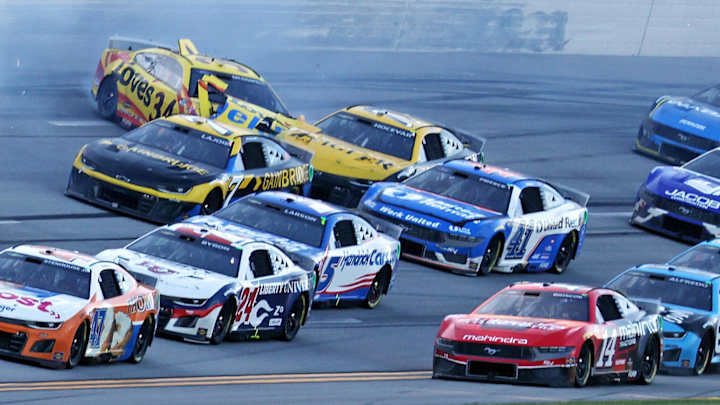The article highlights a compelling case that the 2025 NASCAR Cup Series field may be the most competitive it has ever been. Here’s a breakdown of the key themes and insights from the piece:
1. Incredibly Tight Margins
The qualifying times at Darlington illustrate just how close the field is: 34 of 38 cars qualified within one second of each other.
Austin Cindric’s comment about the minimal time differences — just tenths and hundredths of a second separating multiple positions — shows how every small detail counts.
2. Rising Competitiveness Across the Grid
Mid-pack and smaller teams like Spire Motorsports, RFK Racing, and Front Row Motorsports are no longer just field-fillers; they are legitimate contenders for top-10 finishes on a weekly basis.
Michael McDowell’s personal trajectory from the back of the field to a solid top-15 competitor underscores this shift in competitiveness.
3. Team Parity
It’s not just the drivers — the teams themselves have closed the performance gap. Advances in technology, data analysis, and standardized parts in the Next Gen era are leveling the playing field.
Bubba Wallace and Tyler Reddick’s performance with 23XI Racing shows how newer or previously mid-tier teams are now capable of matching the traditional powerhouses.
4. Evolving Challenges for Drivers
As Ryan Blaney noted, the field isn’t necessarily more or less competitive year-to-year — but it’s certainly harder to win now. Even proven champions like Blaney are struggling to secure wins due to the depth of talent and team execution across the board.
The blend of rising young talent, prime-age drivers, and still-sharp veterans adds layers of complexity to the competition.
5. The Car’s Role
Tyler Reddick pointed out how the Next Gen car compresses differences between drivers, making it difficult to separate talent purely on speed or equipment. This creates an environment where strategy, execution, and adaptability are more important than ever.
Conclusion: Is This NASCAR’s Most Competitive Field Ever?
The answer is: very likely, yes — but with nuance.
The combination of:
° minimal qualifying gaps,
° strong performances from non-traditional teams,
° parity brought by the Next Gen car, and
° a deep talent pool across the grid,
…makes a strong case that this year’s field is as competitive as it’s ever been — even if it’s “hard to tell” from raw results alone.
This level of competition is great for the sport, ensuring unpredictable races, more legitimate contenders, and higher standards for success at every level.


